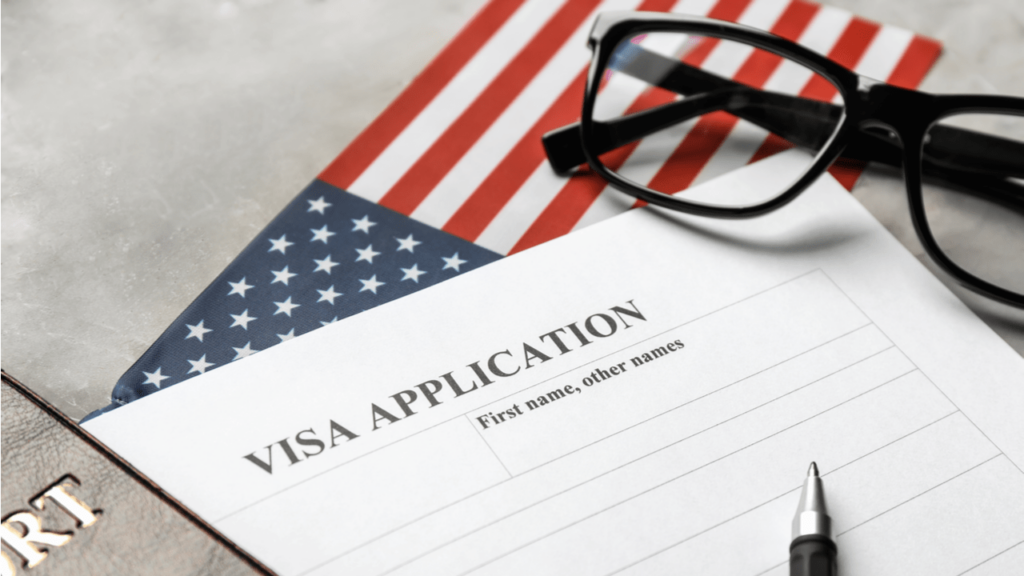If you are an international student planning to study in the United States, you have likely come across the term “I-20 form.” What Is an I-20 Form? The I-20 form, officially known as the “Certificate of Eligibility for Nonimmigrant Student Status,” is an important document issued by U.S. educational institutions to international students. This form is part of the Student and Exchange Visitor Program (SEVP) and is required to apply for an F-1 or M-1 student visa. The I-20 form confirms that you have been accepted into a full-time study program and have demonstrated sufficient financial resources to live and study in the United States.
Who Needs an I-20 Form?
International students who plan to study in the United States under an F-1 or M-1 visa need an I-20 form. This includes:
- Academic Students (F-1 Visa):
Those enrolling in universities, colleges, high schools, language training programs, or other academic institutions.
- Vocational Students (M-1 Visa):
Those attending vocational or other recognized non-academic institutions.
- Dependents:
Also read B-1 Visa: How to Visit the U.S. for Business?
Spouses and unmarried children under 21 of F-1 or M-1 students, who will apply for F-2 or M-2 visas, also require their own I-20 forms.
Purpose of the I-20 Form
The I-20 form serves multiple important purposes:
- Visa Application:
It is a mandatory document when applying for an F-1 or M-1 visa at a U.S. embassy or consulate.
- Proof of Eligibility:
Confirms your acceptance into a U.S. educational institution and your eligibility for a student visa.
- Financial Verification:
Demonstrates you have the financial means to cover tuition and living expenses.
- Entry into the U.S.:
Required for entry into the United States; you’ll present it to Customs and Border Protection (CBP) officers upon arrival.
- Maintaining Legal Status:
Helps in maintaining your student status during your stay, including extensions, transfers, or changes in your study program.
How to Obtain an I-20 Form?
Step 1: Apply to a SEVP-Certified School
Also read US Visitor Visa: Eligibility Criteria, Application Process and Fee
- Research and Choose: Find a school certified by the SEVP that suits your academic goals.
- Complete the Application: Submit all required documents, such as transcripts, test scores, and application fees.
Step 2: Get Accepted
- Admission Letter: If accepted, you will receive an admission letter from the institution.
Step 3: Provide Financial Proof
- Demonstrate Financial Ability: Submit bank statements, scholarship letters, or sponsorship affidavits showing you can afford tuition and living expenses.
- Meet Deadlines: Make sure all financial documents are submitted promptly.
Step 4: Receive the I-20 Form
- Issued by the School: Once financial proof is verified, the school’s Designated School Official (DSO) will issue your I-20 form.
- Review for Accuracy: Check all information for correctness, including your name, date of birth, and program details.
Understanding the Details on the I-20 Form
The I-20 form contains important information:
- Personal Information: Your full name, date of birth, country of birth, and citizenship.
- Program Details: School name, program of study, start and end dates.
- Financial Information: Estimated costs and sources of funding.
- SEVIS Number: A unique identification number assigned by the Student and Exchange Visitor Information System (SEVIS).
Using the I-20 Form for Visa Application
Step 1: Pay the SEVIS I-901 Fee
Also read Visa for Giving Birth in Canada: A Complete Guide
- Online Payment: Pay the mandatory SEVIS fee online.
- Keep the Receipt: You will need this for your visa interview.
Step 2: Complete the Visa Application
- Form DS-160: Fill out the Nonimmigrant Visa Electronic Application.
- Schedule an Interview: Book an appointment at your nearest U.S. embassy or consulate.
Step 3: Prepare for the Interview
- Required Documents: Bring your passport, I-20 form, SEVIS fee receipt, visa application confirmation, financial documents, and admission letter.
- Be Honest and Confident: Answer all questions truthfully during the interview.
Maintaining Your I-20 Form
- Keep It Safe: Always have your I-20 form accessible and in good condition.
- Update Information: Inform your DSO of any changes in your address, program, or financial situation.
- Travel Signatures: If traveling outside the U.S., ensure your DSO signs the travel endorsement section.
- Extension of Stay: Apply for program extensions before the I-20 expires if needed.
- Transferring Schools: Work with your current and new school’s DSO to update your I-20.

